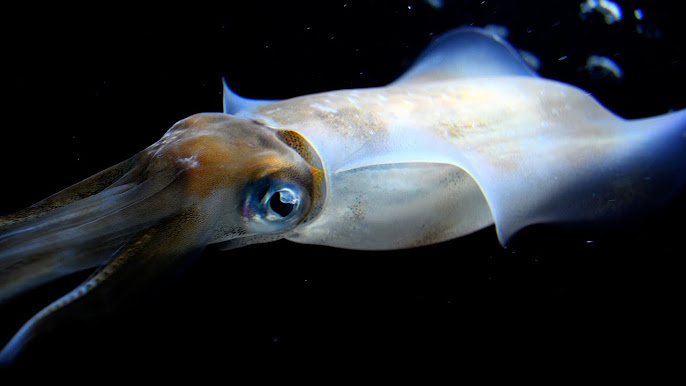Inkfish, a common name for squid, are fascinating creatures known for their intelligence, speed, and unique defense mechanism: ink. These marine animals belong to the class Cephalopoda, which also includes octopuses and cuttlefish.
A Master of Disguise
One of the most remarkable abilities of inkfish is their camouflage. They can rapidly change color and texture to blend in with their surroundings, allowing them to hide from predators or ambush prey. Their skin contains specialized cells called chromatophores, which contain pigments that can be controlled to change color.
A Defensive Weapon
When threatened, inkfish release a cloud of dark ink to confuse and disorient predators. This ink, which is composed of melanin, can also act as a smokescreen, allowing the inkfish to escape unnoticed.
Culinary Delights
Inkfish is a popular seafood choice worldwide, prized for its tender texture and mild flavor. It can be prepared in various ways, including:
- Grilled: Grilled inkfish is a simple and delicious way to enjoy this seafood.
- Fried Calamari: Crispy, golden-brown calamari is a popular appetizer.
- Squid Ink Pasta: A unique and visually striking pasta dish that gets its dark color from squid ink.
- Stuffed Squid: Squid can be stuffed with a variety of fillings, such as seafood, vegetables, or rice.
Sustainable Inkfish Consumption
To ensure the sustainability of inkfish populations, it’s important to choose sustainably sourced inkfish. Look for certifications like the Marine Stewardship Council (MSC) when purchasing inkfish products.
By choosing sustainable inkfish and preparing it in various ways, you can enjoy this delicious and nutritious seafood while supporting responsible fishing practices.
Would you like to know more about a specific aspect of inkfish, such as its biology, culinary uses, or conservation efforts?
